Photos: 1923 Sphinx from Movie Set Found Buried in Sandy Dune
Buried treasure

A remarkably well-preserved plaster-of-paris sphinx was uncovered in the dunes along the California coast, near Santa Barbara. The more than 90-year-old sphinx once graced the movie set of the famous 1923 black-and-white blockbuster "The Ten Commandments."After Hollywood director Cecil B. DeMille finished filming the movie, he had the set buried in the Guadalupe-Nipomo Dunes. Now, archaeologists are excavating the remains, which include everyday objects from the film's crew, such as prohibition liquor bottles, makeup and tobacco tins. [Read the full story on the sphinx discovery]
Old spoon
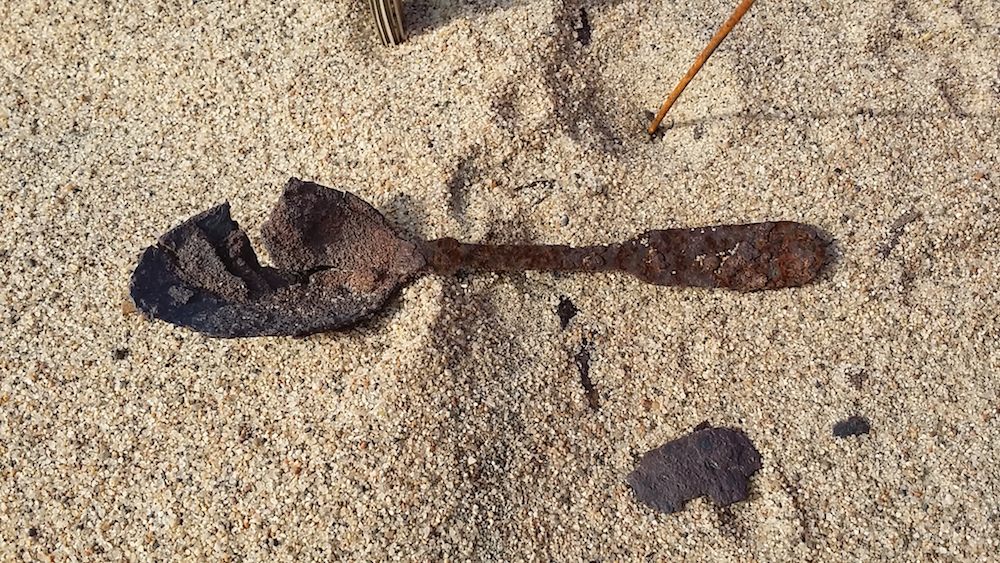
A spoon unearthed by archaeologists who were excavating the 1923 movie set. This spoon likely belonged to one of the 3,500 actors, extras and construction workers who lived in a nearby tent city and supported the film’s production.
Sphinx shoulder
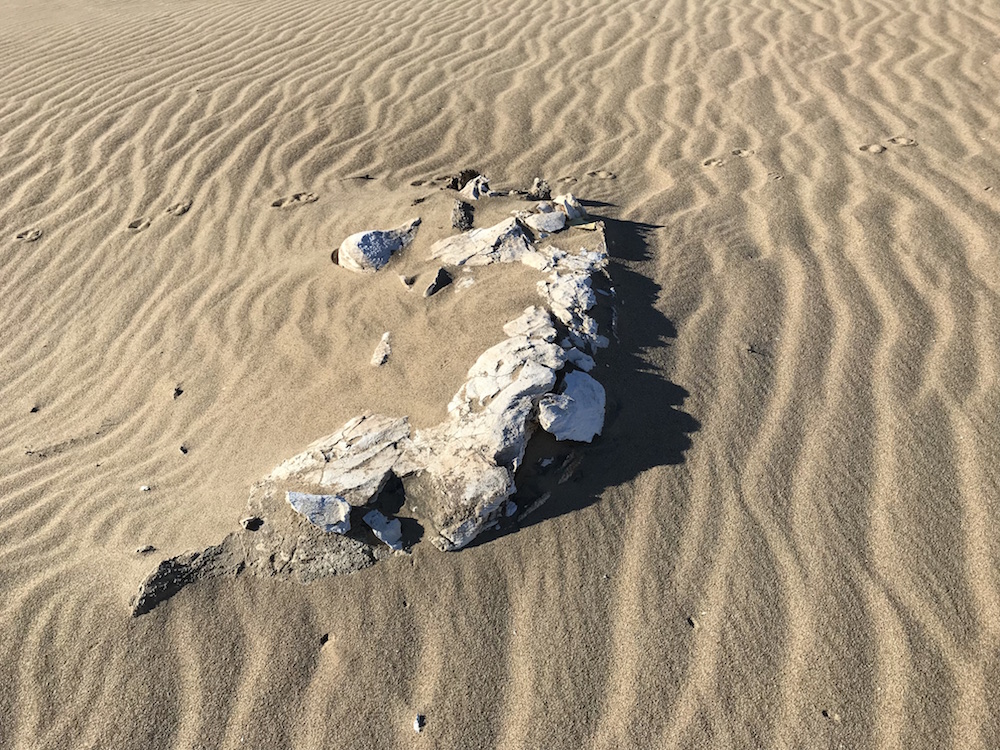
What's left of the crumbling front-left shoulder of the newfound sphinx. This shoulder was the only part that was exposed above the sand before the excavation.
Careful excavation
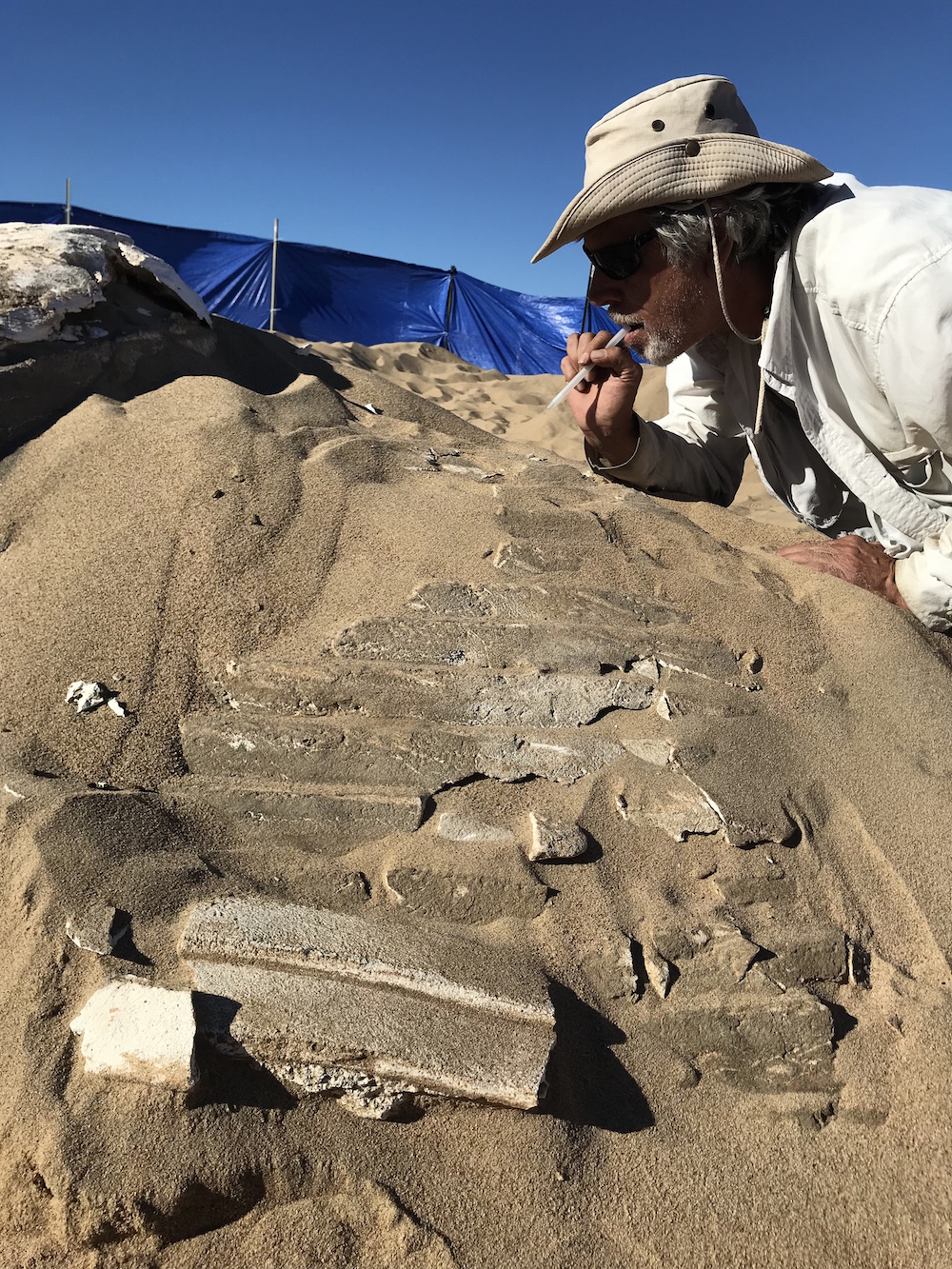
Neil Rhodes, an archaeologist from Applied Earthworks, uses a straw to carefully blow away sand from the sphinx's headdress.
Sphinx paw
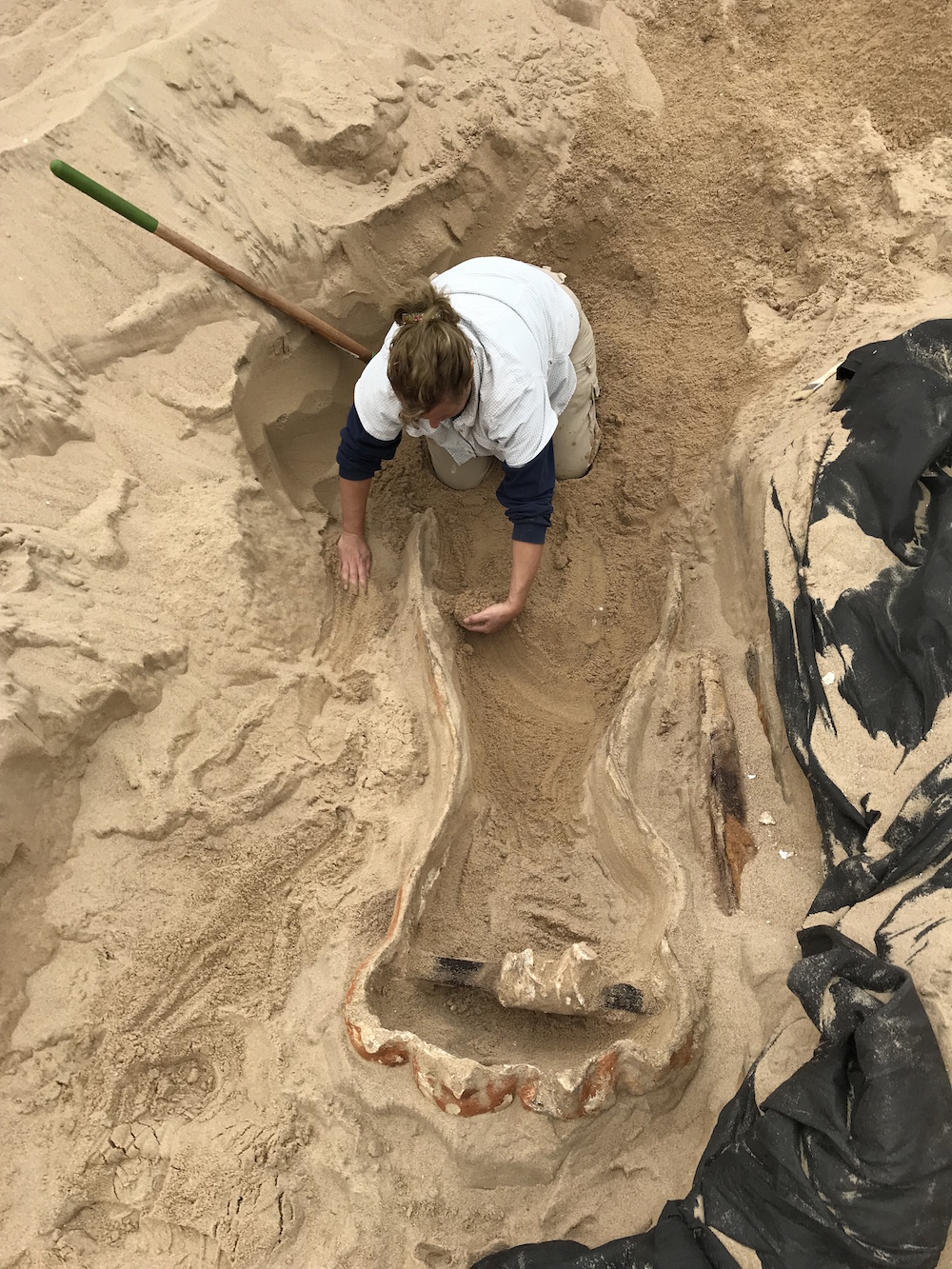
Amy Higgins, an art restorer, removes sand from the inside of the sphinx's leg and paw.
Gentle brushing
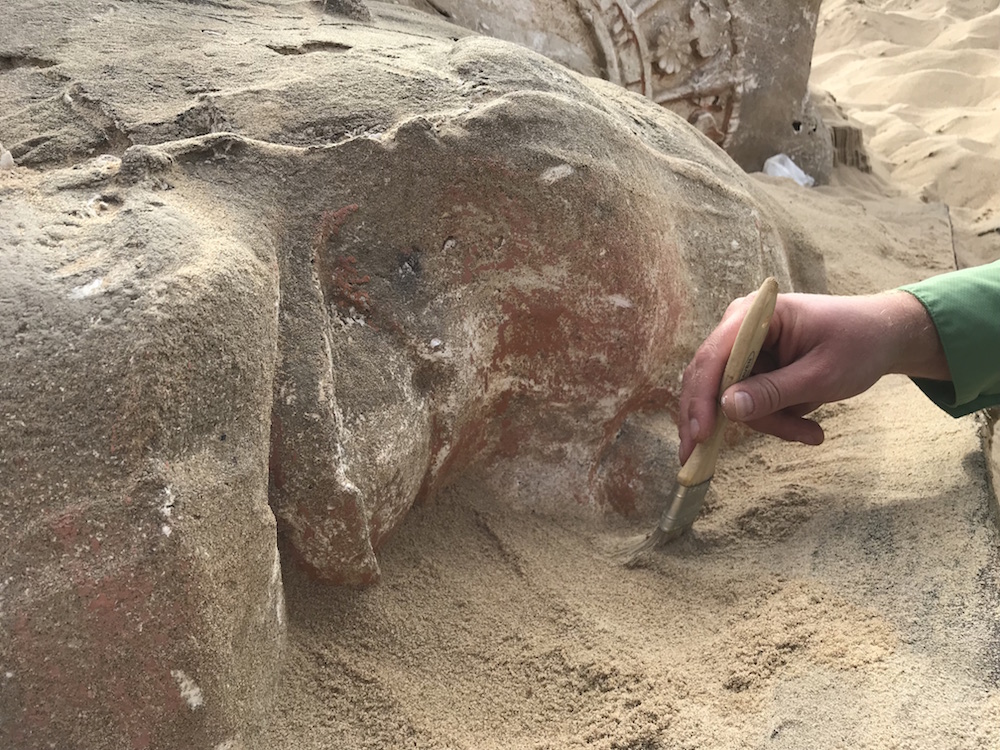
Ryan Wendel, an archaeologist with Applied Earthworks, brushes away sand from the left side of a sphinx's face.
Sphinx face
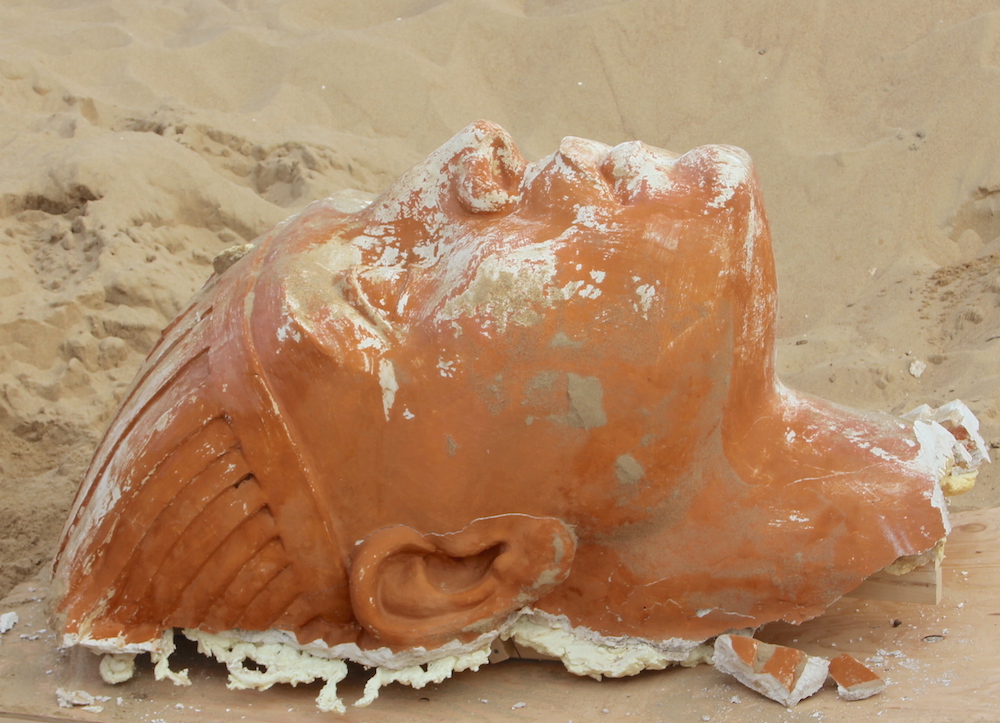
The newly discovered sphinx is brightly colored, with a deep terracotta hue. This bold color likely helped the sphinx stand out in the black-and-white movie.
This find is the first known sphinx at the site to retain its color, the team said.
Get the world’s most fascinating discoveries delivered straight to your inbox.
Surfboard technology
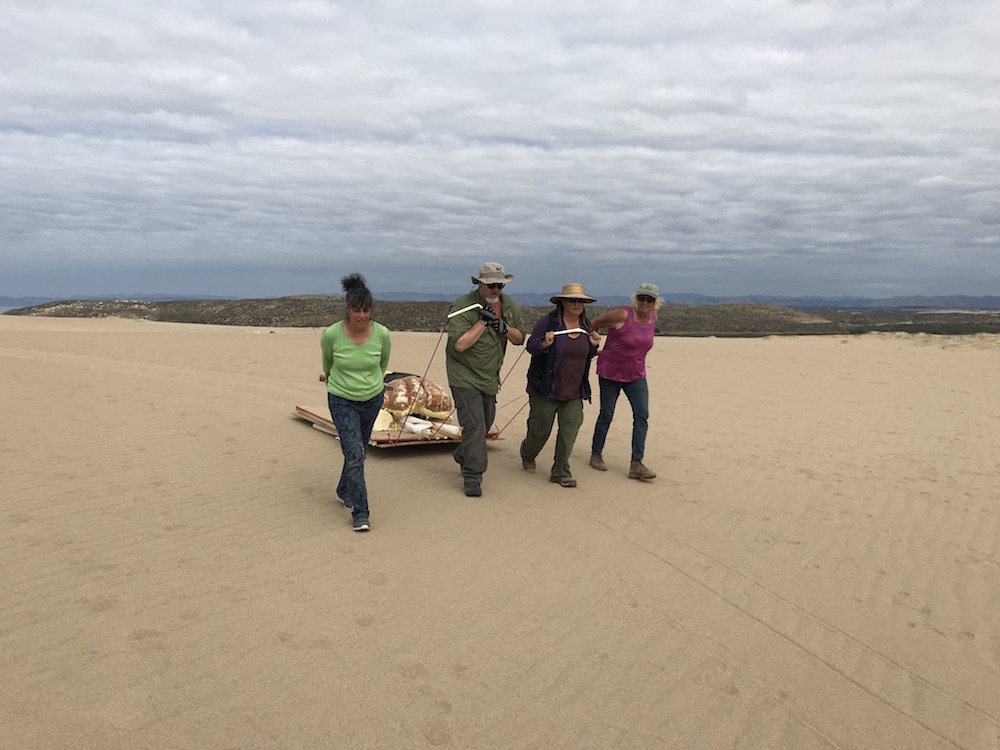
The excavators weren't allowed to bring machinery into the Guadalupe-Nipomo Dunes, so they used surfboard-style sleds to pull the findings off site.
Art restorer Christine Muratore, archaeologists Rob and Michelle Newcomb, and senior archaeologist M. Colleen Hamilton drag the uncovered sphinx paw off-site, where it will dry for several months before being restored and put on display.
Sideways sphinx

A sideways shot of the newly discovered sphinx. Notice its detailed necklace, designed by Paul Iribe, a French artist known as "the father of art deco."
Facing up
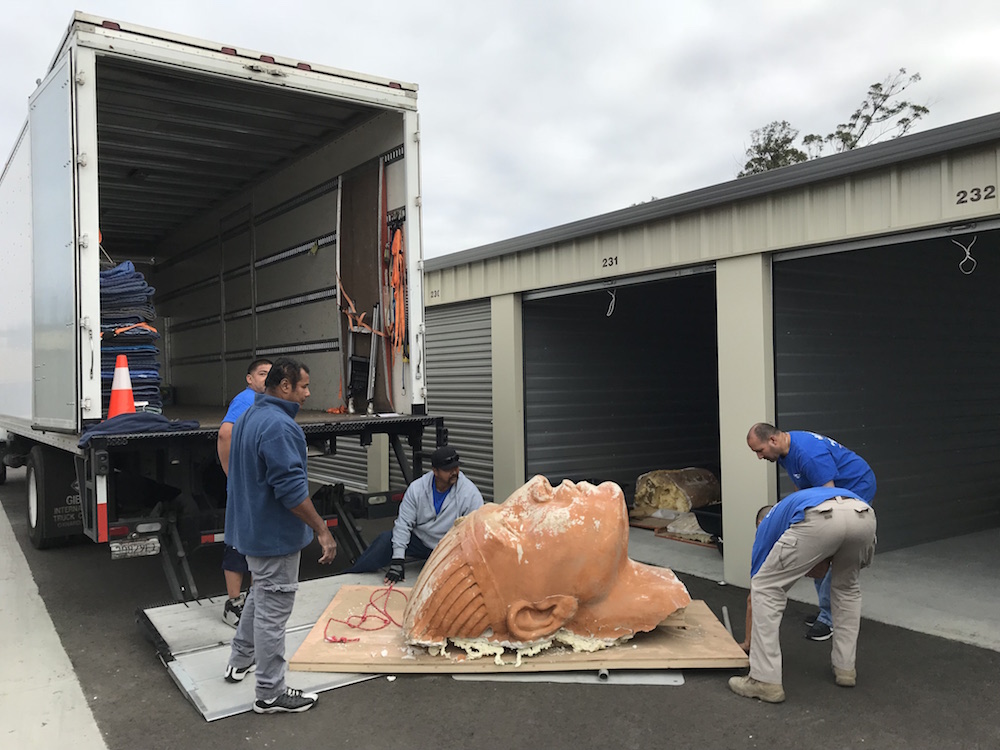
Another shot of the newfound terracotta-colored sphinx, before it was loaded onto a truck.
[Read the full story on the sphinx discovery]

Laura is the managing editor at Live Science. She also runs the archaeology section and the Life's Little Mysteries series. Her work has appeared in The New York Times, Scholastic, Popular Science and Spectrum, a site on autism research. She has won multiple awards from the Society of Professional Journalists and the Washington Newspaper Publishers Association for her reporting at a weekly newspaper near Seattle. Laura holds a bachelor's degree in English literature and psychology from Washington University in St. Louis and a master's degree in science writing from NYU.


